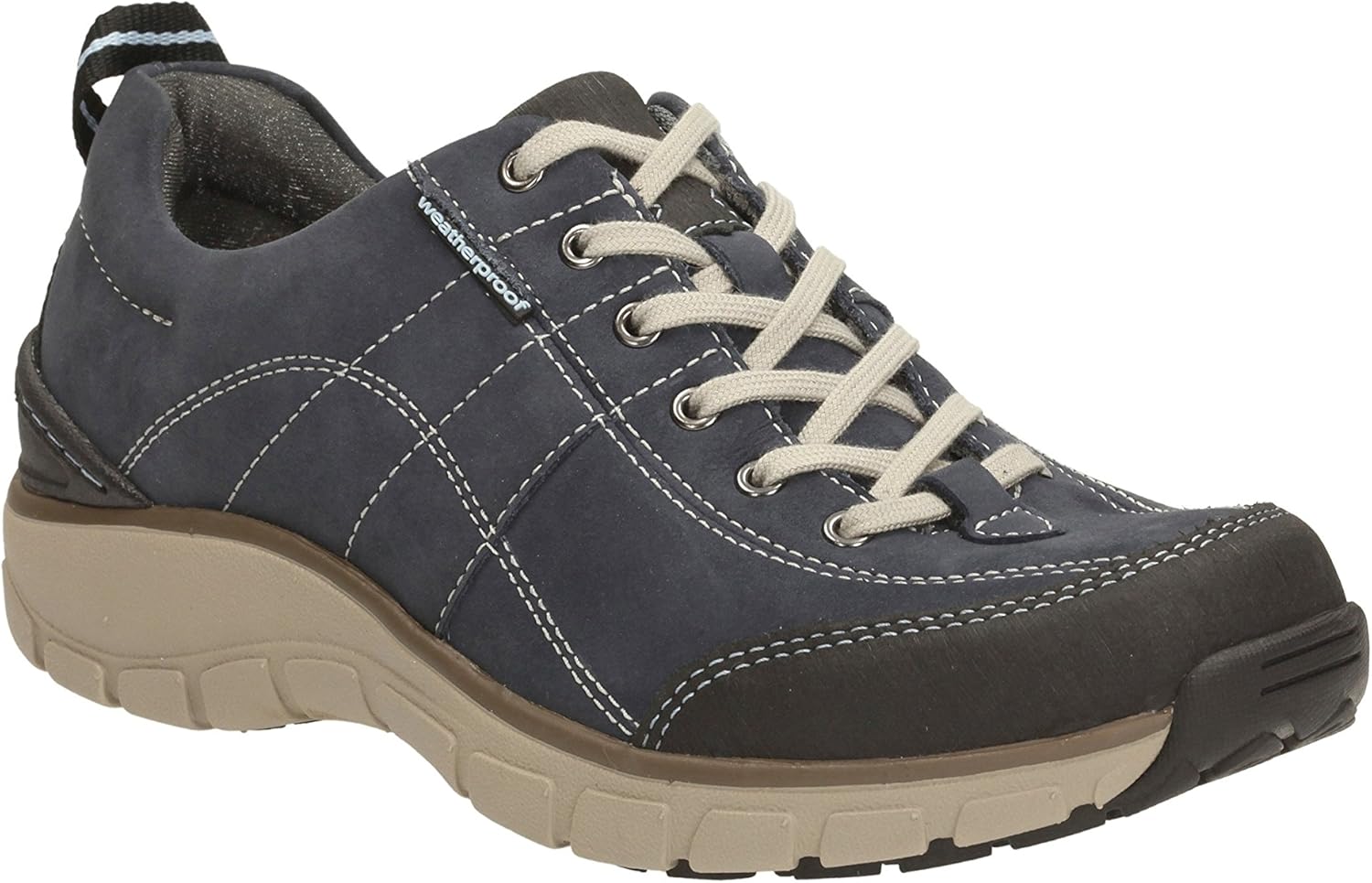5 Walking Tips

Walking, often considered one of the simplest forms of exercise, offers a multitude of benefits for both physical and mental health. It’s an activity that can be easily incorporated into one’s daily routine, requiring minimal equipment and accessible to people of various fitness levels. Despite its simplicity, walking can be optimized for better results and enjoyment. Here are five walking tips designed to enhance your walking experience, whether you’re a seasoned walker or just starting out.
1. Set Your Pace: Understanding the Importance of Speed
When it comes to walking, pace is everything. The speed at which you walk can significantly influence the effectiveness of your walk as a form of exercise. For those seeking to improve cardiovascular health or burn calories, a brisk pace is often recommended. Brisk walking is typically defined as walking at a pace of 3 to 4 miles per hour or faster. This pace is brisk enough to raise your heart rate and breathing, yet still allows for conversation. On the other hand, for those looking for a more leisurely experience or who are just starting out with a new exercise routine, a slower pace can be more suitable, allowing for a gentle warm-up and cool-down.
2. Incorporate Intervals for Enhanced Benefits
Interval walking involves alternating between periods of brisk walking and regular walking. This technique can add variety to your walks, making them more engaging and challenging. By incorporating intervals, you can boost the calorie-burning effects of your walk, improve cardiovascular fitness, and even enhance muscular endurance. For example, you might try walking briskly for 2 minutes, followed by 2 minutes of regular-paced walking. Repeat this pattern throughout your walk to add an extra layer of physical challenge and mental engagement.
3. Choose the Right Footwear
The right footwear can make all the difference in your walking experience. Good walking shoes should provide adequate support, have a comfortable fit, and sufficient cushioning to absorb the impact of each step. Shoes that are too tight or too loose can lead to discomfort, blisters, or even injuries. When selecting walking shoes, consider the terrain you’ll be walking on most often. For instance, trails may require shoes with better traction, while urban walks might call for shoes with more cushioning for hard pavement.
4. Stay Hydrated and Energized
Regardless of the duration or intensity of your walk, staying hydrated is crucial. Dehydration can lead to fatigue, dizziness, and decreased performance. It’s a good idea to bring water with you, especially on longer walks. Additionally, consider the timing of your meals and snacks in relation to your walks. A light snack or meal about an hour before walking can provide the necessary energy without causing discomfort during exercise. For longer walks, bring snacks like fruits, nuts, or energy bars to keep your energy levels up.
5. Mind Your Posture and Technique
Maintaining good posture and technique during walking can prevent injuries, improve efficiency, and enhance the overall effectiveness of your walk. Keep your head up, looking forward and slightly down to avoid straining your neck. Your shoulders should be relaxed, and your arms should swing freely by your sides. Engage your core to support your lower back, and avoid overstriding, which can put unnecessary strain on your joints. Practice taking smooth, rolling steps from heel to toe, allowing your foot to absorb the impact of each step.
Conclusion
Walking is a versatile and accessible form of exercise that can be tailored to suit various goals and preferences. By implementing these walking tips, you can elevate your walking experience, making it more effective, enjoyable, and safe. Whether you’re aiming to improve your physical health, clear your mind, or simply enjoy the outdoors, walking offers a plethora of benefits. Remember, the key to a successful and rewarding walking routine is consistency, variety, and a willingness to adapt and improve your technique over time.
How often should I walk for significant health benefits?
+Walking for at least 30 minutes a day can provide significant health benefits, including improved cardiovascular health, weight management, and enhanced mental well-being. The American Heart Association recommends at least 10,000 steps per day for adults.
What are the benefits of walking in nature?
+Walking in nature can offer additional benefits beyond those of regular walking, including reduced stress levels, improved mood, and increased vitamin D exposure. Natural environments can also provide more varied and challenging terrain, which can help improve physical fitness.
Can walking help with weight loss?
+Yes, walking can be an effective component of a weight loss plan. Regular brisk walking can help burn calories, improve metabolism, and build muscle, all of which can contribute to weight loss. Combining walking with a balanced diet and other forms of exercise can enhance these effects.
How can I stay motivated to walk regularly?
+Staying motivated involves setting achievable goals, varying your walking route or company, and incorporating rewards for milestones achieved. Using a pedometer or fitness tracker can also provide a sense of progress and motivation. Additionally, finding a walking buddy or joining a walking group can add a social element, making the experience more enjoyable and helping you stay committed to your walking routine.
Are there any health conditions where walking is not recommended?
+While walking is generally recommended for most people, there are certain health conditions where it might be advised to avoid walking or to consult with a healthcare provider before starting a walking routine. These can include severe arthritis, recent injuries, or certain cardiovascular conditions. It’s always a good idea to consult with a healthcare professional if you have any concerns about starting a new exercise program, including walking.

